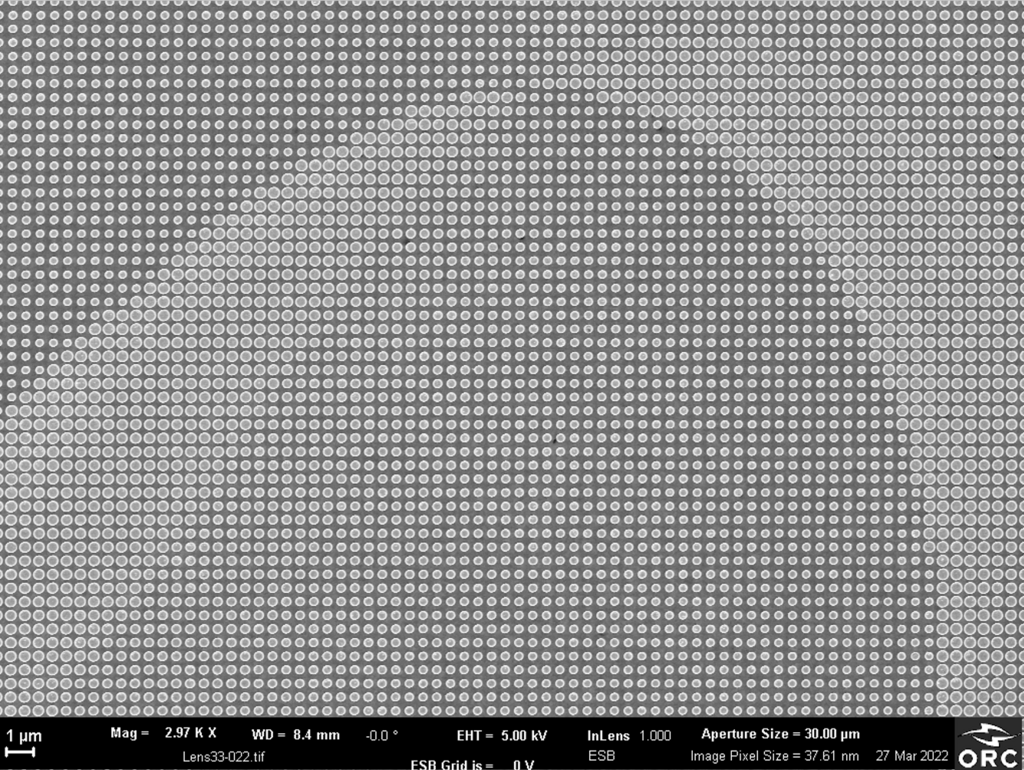Physicists at ETH Zurich have developed an ultra-thin lens capable of converting infrared light into visible wavelengths. This breakthrough, achieved using lithium niobate metasurfaces, could revolutionize imaging technology by enabling compact, high-performance optical devices.
How Metalenses Work

Traditional lenses rely on curved glass to bend light toward a focal point, but metalenses use nanoscale structures to manipulate light at the sub-wavelength level. These structures. known as metasurfaces, allow for precise control over light direction and wavelength conversion, making them significantly thinner and more efficient than conventional lenses.
The Role of Lithium Niobate in Infrared Conversion

Lithium niobate is a well-known material in telecommunications due to its nonlinear optical properties. Researchers at ETH Zurich have successfully engineered lithium niobate metalenses that halve the wavelength of incoming infrared light, transforming it into visible light. This process, known as second-harmonic generation, enables infrared imaging without bulky optical components.
Potential Applications in Imaging and Security
The ability to convert infrared light into visible wavelengths has significant implications for imaging technology. These ultra-thin lenses could be used in night vision systems, medical imaging, and security applications, where detecting infrared signatures is crucial. Additionally, their compact design makes them ideal for integration into smartphones and other portable devices.
Future Research and Mass Production
Scientists are exploring ways to scale up production using nanoimprint lithography, a technique that allows for cost-effective fabrication of lithium niobate metasurfaces. This method could enable widespread adoption of metalenses in consumer electronics and industrial applications.
Conclusion
The development of ultra-thin lenses that convert infrared light into visible wavelengths marks a major advancement in optical technology. As researchers refine fabrication techniques, these lenses could become essential components in imaging, security, and telecommunication.
Source:





